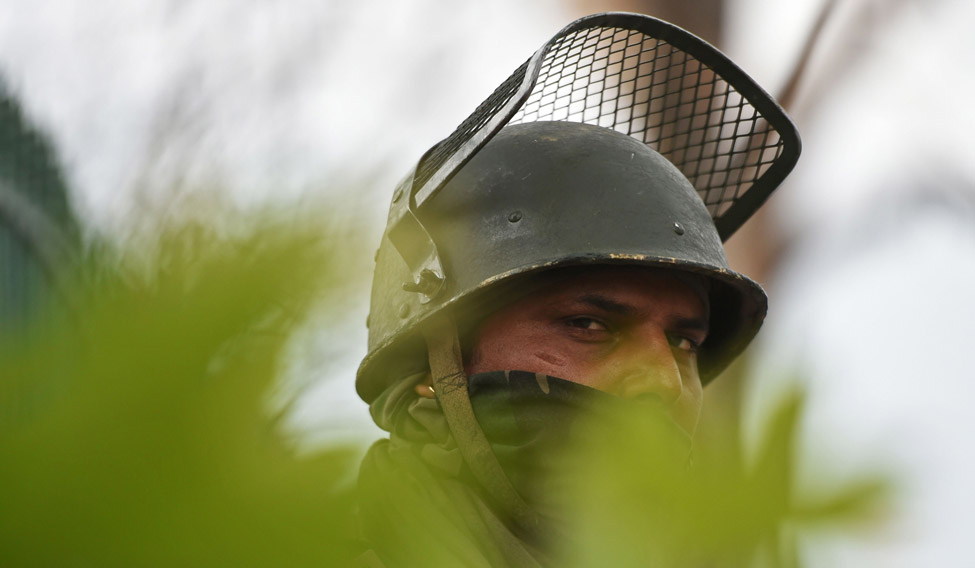Ahead of the Air Force Day (October 8), Air Chief Marshal B.S. Dhanoa noted that while the probability of a ‘two-front war’ remains low, the Indian Air Force (IAF) was prepared for any eventuality, despite the visible inventory gaps and the shortage of fighter aircrafts. Service chiefs in India address the media annually ahead of their respective individual service days (the Army celebrates it in January and the Navy in December) and through the media, reassure the nation about the commitment of their service to country and flag. Hence every chief makes the earnest and accurate statement that come what may—the fauji will rise to the occasion when required.
For the record, it must be noted that the air chief added that the “possibility of a two-front war in the current geopolitical situation is low.”
However the two-front exigency has been mooted more than once in the past few weeks and even Army Chief General Bipin Rawat made a similar statement—that India has to remain prepared for such an eventuality.
What does the two-front war mean and how is it likely to unfold—if the balloon were to go up metaphorically ? India’s worst-case operational scenario is the possibility of covert or direct military cooperation between its two principal neighbors, who have an adversarial orientation with Delhi—namely China and Pakistan—and that they would act in tandem to launch an attack against India.
This exigency is referred to as the ‘two-front’ scenario and the individual services have their own assessment about how to deal with this operational challenge, were it to occur.
It must also be recalled that while China has entered into a very opaque strategic partnership with Pakistan that also includes WMD cooperation (nuclear weapons and missiles that also involves North Korea), Beijing has stopped short of actually supporting the country in the wars initiated by the Pakistani Army against India.
The history of the 1965 and 1971 wars, as also in Kargil in 1999 are illustrative. While Pakistan continues to embark upon steady provocation through the terror route, it is highly unlikely that Rawalpindi would lurch into the kind of adventurism that one saw in Kargil—unless there is a very determined assurance of direct support from Beijing – which I aver is of very low probability in the current geo-political scenario.
But if this does happen—China and Pakistan team up against India militarily—then the escalation dynamic gets introduced in a disturbing manner; all three nations are nuclear powers.
The nuclear overhang may allow some limited conventional engagement in the first 48 hours. The use of air power to ‘soften’ the adversary by attacking static military assets, or ‘blinding’ the enemy by taking out communication networks is very likely.
India’s conventional military capability across the board—Army, Air Force and Navy—would be of a lower quantitative and qualitative index than what China and Pakistan can bring to the table together. This will impose an operational constraint on Delhi. Geography favors India in the maritime domain but it has serious inventory gaps.
The IAF has been operating with a depleted platform pattern for decades and it will suffice to note that while India has about 800 combat aircrafts between them, China and Pakistan have about 3600 similar aircrafts that can be deployed to enhance the combined air power that can be brought to bear on India in the early stages of a ‘war’.
Any war scenario that pits India in a two-front scenario is complex, and a variety of factors and scenarios have to be envisioned. The outcome of a war will be determined, as it always has, by the appropriate combination of the human resource and the material / logistic/ technological support to the man behind the gun. In the Indian case, the valor and professionalism of the Indian fauji is not in doubt. That is what ACM Dhanoa was highlighting. But it is difficult to be optimistic about the inventory status of the Indian military—and the air force in particular.
The loss of an IAF helicopter in the Tawang region just ahead of Air Force Day is unhappy augury - but draws attention again, if such were required about ensuring optimum inventory levels for the Indian military.
War is best deterred if one is adequately and visibly prepared for it—'two-front' or otherwise.




